They affect your car’s handling, ride, braking and safety. But most people don’t give much thought to them.
Eighty-three percent of drivers aren’t “tire smart” (i.e., they don’t know how to properly check tire pressure), according to a 2015 survey from the Rubber Manufacturers Association (RMA).
You may be thinking, Tires haven’t changed since I bought my first set. Wrong! Since they carry you and your car around on the road, taking proper care of them is one of the most important safety factors that also happens to be the most overlooked. Here, we deflate the top five tire myths to make sure you know your way around on four wheels.
Myth #1: All Cars Come With Spare Tires
This used to be standard, but not anymore. For space-saving reasons and fuel efficiency, approximately one in three new cars don’t come with a spare tire in the trunk. Instead, you’ll get a “temporary mobility kit” with a tire sealant and a tire inflator or run-flat tires, says Maryland-based master mechanic and automotive radio show host, Pat Goss. If your tire is punctured, apply the sealant through the valve stem then use the inflator to re-inflate it, he explains. The downside? If the damage is more severe than a tiny hole (think nail size), the mobility kit probably isn’t going to cut it and you’ll have to be towed (GEICO’s mobile app makes it a cinch to request emergency roadside assistance.). Go check your trunk now, so you’re not surprised in an emergency.
Myth #2: The Correct Tire Pressure Is Listed On The Tire Sidewall
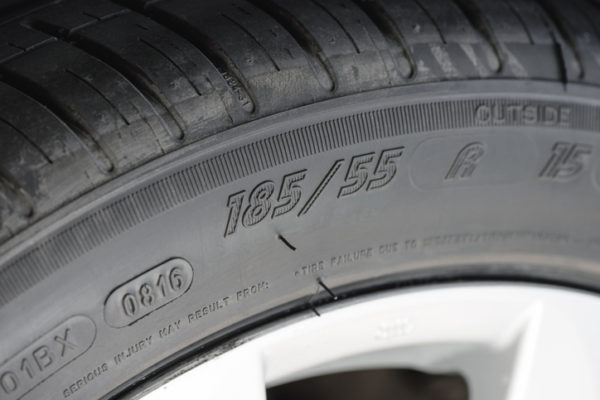 Half of all drivers believe this is where you should look to find out the ideal tire inflation pressure number. But these numbers actually tell you what size and kind of tire you have as well as the maximum cold inflation PSI the tire is rated for—not the recommended pressure for your vehicle. That information is actually listed on a label inside the vehicle’s driver-side door or in the owner’s manual.
Half of all drivers believe this is where you should look to find out the ideal tire inflation pressure number. But these numbers actually tell you what size and kind of tire you have as well as the maximum cold inflation PSI the tire is rated for—not the recommended pressure for your vehicle. That information is actually listed on a label inside the vehicle’s driver-side door or in the owner’s manual.
Myth #3: A Tire-Pressure Monitoring System (TPMS) Ensures That Your Tires Are Always Good To Go
A tire-pressure monitoring system electronically tracks and displays tire pressure via a gauge, pictogram display or a warning light on your vehicle’s dashboard. “These have lulled most drivers into believing that if the warning signal is off, everything is fine,” says Goss. Since a signal is only triggered when tires lose 25 percent of their inflation pressure (aka “dangerously low” tire pressure), you could be driving on tires that are underinflated enough to cause unnecessary wear, waste fuel and in some cases, decrease cornering ability while increasing stopping distances. Goss advises that you should check tire pressure every 30 days the old-fashioned way: manually, with a tire pressure gauge. (Need a refresher? Watch this quick how-to video on how to check your tire pressure.)
Myth #4: You Should Rotate Your Tires About Once A Year
 Not exactly. Tire rotation should be performed every 5,000 to 8,000 miles, which also coincides with the typical oil change recommendation. So the easiest way to ensure this happens is to get both done at the same time, says Goss. Another way to keep track? “Most cars today have dual trip meters, so you can set one trip meter to zero when the oil is changed or the tires are rotated and wait for it to reach the desired miles,” says Goss.
Not exactly. Tire rotation should be performed every 5,000 to 8,000 miles, which also coincides with the typical oil change recommendation. So the easiest way to ensure this happens is to get both done at the same time, says Goss. Another way to keep track? “Most cars today have dual trip meters, so you can set one trip meter to zero when the oil is changed or the tires are rotated and wait for it to reach the desired miles,” says Goss.
Myth #5: Never Continue Driving If You Experience A Flat
Run-flat tires—which let you keep driving after a puncture so you can make it to an auto shop—are becoming more popular. “Many manufacturers are using them because the additional cost of four run-flats is less than the cost of a spare tire, wheel and jack,” says Goss. Run-flats vary as to how far they can be driven and at what speed, but generally speaking they can be driven for up to 50 miles at a reduced speed (usually about 50 miles per hour), he explains. You can tell if your car has run-flats by looking inside the driver’s door, in your owner’s manual or checking the tire sidewall for one of the following codes: RFT, DSST, ROF, RFT, EMT, XRP, ZP or ZPS.
Have more tire questions? Here are 5 signs you need new tires.
Knowing your way around your tires is one thing, but being truly streetwise means having dependable insurance that won’t cost you an arm and a leg. Get a fast, free auto insurance quote from GEICO to see how much you could save.
By Nicole Cherie Jones

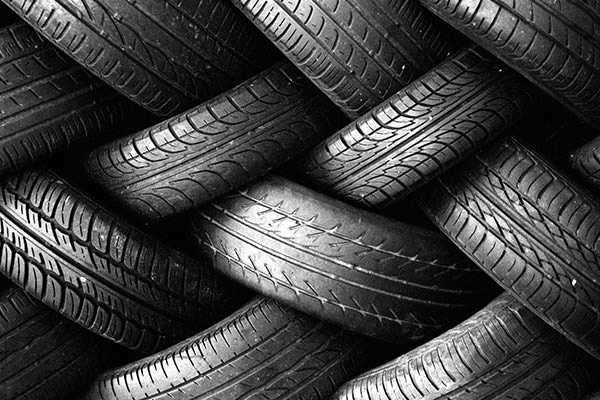



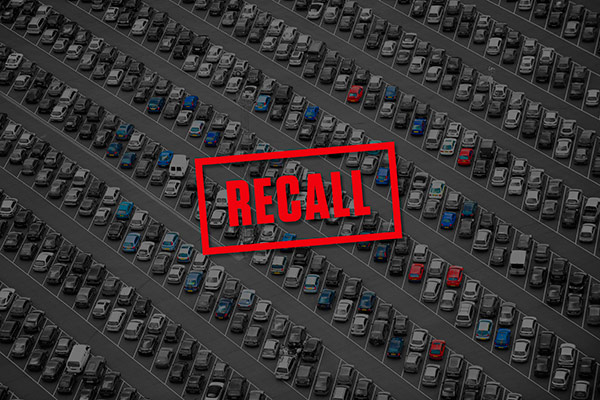
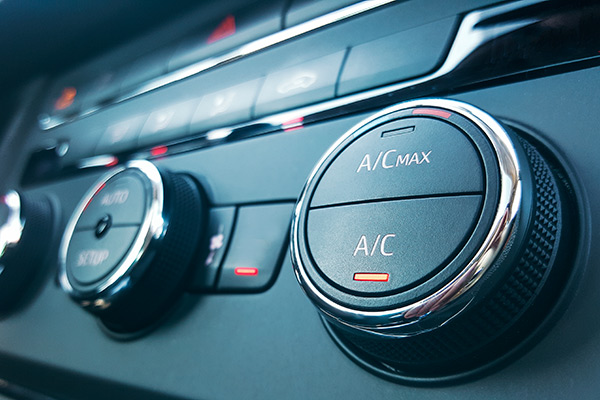


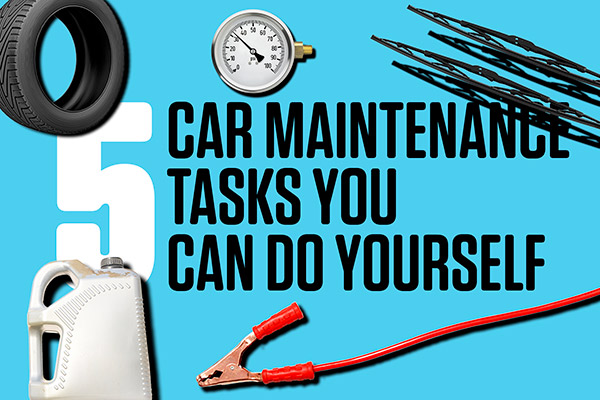
M. WINGER says,
Great article (?). Maybe not. How about the UTQG rating information for durability and longevity ? Something, maybe outside of you trying to offer information.
People don’t know what they don’t know if you don’t tell them, and the article started out about new tire technology.
bud kirkman says,
any thoughts out there using nitrogen in tires.
John McBeth says,
I have Geico auto insurance and love it. I also have Geico home ins, Thanks for the
information on Tires, I learned a lot.
Gary says,
Is it true that you should keep tires no longer than five years because they dry rot from the inside out
Will haley says,
Using the tire inflation kit -the goo-may damage the tire sensor and add to the cost of replacing a tire
Kits run between $ 100-220 and replacing tire sensors can be around 230-350
Sincerely , additionally if tire runs under 8 psi on a run flat tire it is suggested for replacement with Toyota.
A service advisor.
George Shanks says,
35 rears and 38 fronts
William graham says,
I am so blessed to receive this information because I totally didn’t hafe of this information.
Charlie Rafferty says,
Thank You Geico! Not only competitively priced insurance, but great Customer Care and Information.
Peter T says,
Your 5 tire myths are all well and fine but one very basic problem with tire pressure is the fact that the tire pressure gauges, at least the portable consumer ones are all unreliable. I have 4 gauges including 2 attached to portable compressors and they all give grossly different readings on the same tire. How can you then know for sure your tires are pressured correctly? Consumer Report ought to study this issue.
Manimal says,
I have 5 tire pressure gauges in both digital and analog and they all read the same. Except for the one on my compressor air gun and that’s because it’s analog and the range is 0-200 PSI. So it’s hard to tell the difference between 30 and 35. Cheap analogs have worked fine for me if they have a range of 0-60 PSI.
gloria murphy says,
I also have my tires rotated with my oil change
gloria murphy says,
when you buy a brand new car,and do normal driving to and from work with a speed limit of 40 mph to 45 mph then 55 mph and back to 40 mph, how long should they last normally. I put 33,000 miles on them and already need new tires. When I looked up the tires the warranty varied from 60,000 mile to 75,000. I cannot believe that these tires I have will not pass inspections. Any thoughts on this?
Mara castillo says,
I want the new tired ?
tom goudy says,
always check tire pressure when tires are cold
Frank Stavalo IV says,
I’m a master ase technician this information is a great guideline problem is there are a lot of variables .
I worked for firestone at the time of that recall the biggest problem i saw customers think just because there’s a lot of tread left no matter how old tire is tire should be fine . That’s not true rubber ages it will get hard and start to dry rot. On my own vehicles once tires hit the age 4 to 5 years no matter how tread is left they get replaced.
We replaced a lot of good tire’s back then firestone really got the short end of the stick ford inflation was very low on door sticker and then vehicle owner overloads vehicle accident waiting to happen.
TPMS system today is great. The systems that display PSI for all tires are great you can check all every fill up problem i see is tires are rotated and no relearn is done. Older system were light comes on you should manually check once a month.
As far as tire inflation there are a lot of variables door sticker is the first place to start. Example my daily driver 2002 s10 pickup extended cab 2wd sticker says 32psi 205/75/15 tire I have 4inch total lift tires are M/T 31.10.5×15 load range C tires now tire says 50psi I run 25psi front 20psi back rotate every 5k I have about 50K on tires wearing perfect now if I put a lot of weight in bed I raise psi. Now this same tire on a s10 blazer 2wd tire pressure would be different. The best why i found to adjust pressure is draw line on thread of tire and drive vehicle in parking lot wearing in center lower pressure. Out sides of tire increase pressure you can also call tire company and tell them vehicle info and they will be able to give a starting point.
I see a lot of technician’s struggle with issue.
Sorry post so long I hope this may help someone understand the importance of tire inflation.
Manimal says,
long story short, tire chalk test 😉
Joesph chandy says,
Thank you
Informative